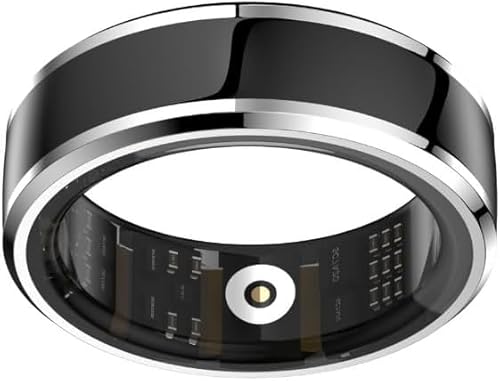D
davidfortune
Talking to my surgeon regarding reinforcement of the aortic annulus during aortic valve replacement. His approach is to use a strip of my own pericardium to reinforce the aortic annulus. I have heard of teflon/felt strips for reinforcement as well as pericardial strips. I'm going to follow up with him on this philosophy but thought I would pose the question to the research gurus out there.
What have you heard regarding pericardial reinforcement of the aortic annulus vs. teflon/felt reinforcement? Pros and cons as well as any links to research would be much appreciated.
What have you heard regarding pericardial reinforcement of the aortic annulus vs. teflon/felt reinforcement? Pros and cons as well as any links to research would be much appreciated.






















